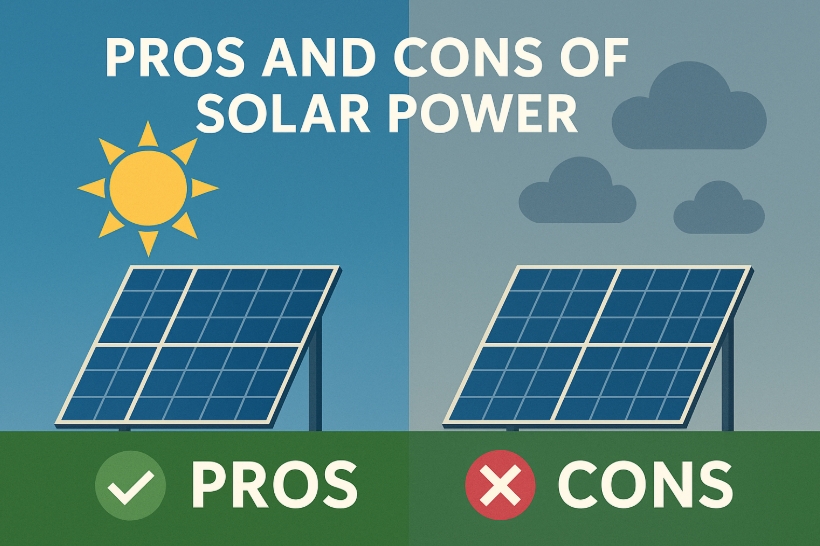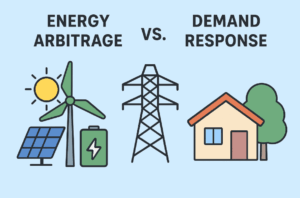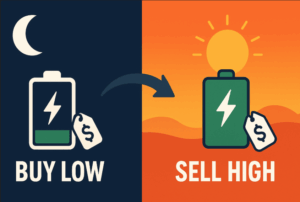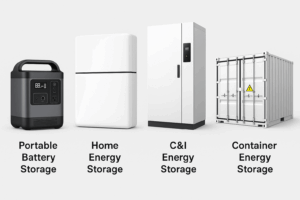- You have no items in your shopping cart
- Subtotal: $0.00

In an era of increasing energy costs and climate change concerns, solar power has become one of the most talked-about renewable energy solutions. But like any major investment, it comes with both advantages and disadvantages.
This post will explore the pros and cons of solar power in depth, helping you make an informed decision if you’re considering solar energy for your home or business.
🌞 What is Solar Power?
Solar power is the conversion of sunlight into electricity using photovoltaic (PV) cells or concentrated solar power systems. It’s a clean, renewable source of energy that doesn’t emit greenhouse gases during operation.
Example: A rooftop solar panel system on a typical home converts sunlight directly into electricity to power lights, appliances, and even electric vehicles.
✅ Pros of Solar Power
1. Renewable and Abundant Energy Source
Solar power is one of the most abundant energy resources on Earth. The sun provides more energy in one hour than the world uses in an entire year.
Example: A 5kW solar system in a sunny location like Arizona can generate over 8,000 kWh annually — enough to power a typical home.
Why it matters: Unlike fossil fuels, solar energy won’t run out and doesn’t rely on imports, reducing energy dependence.
2. Reduces Electricity Bills
Once installed, solar panels can significantly reduce or even eliminate electricity bills. You only pay for grid electricity when your solar production is insufficient.
Example: If your solar system produces 80% of your monthly usage, your utility bill may drop by 70–90%.
Net metering in many regions also allows you to sell excess energy back to the grid, further lowering costs.
3. Low Maintenance Costs
Solar systems have few moving parts, which means minimal wear and tear. Regular cleaning and periodic inspection are often all that’s needed.
Typical Maintenance:
- Cleaning panels 2–3 times/year
- Inverter check every 5–10 years
Most systems come with 25–30 year warranties, offering long-term peace of mind.
4. Environmentally Friendly
Environmental Benefits:
- Cuts greenhouse gas emissions
- Reduces air and water pollution
- Helps combat climate change
Fun Fact: A 6kW system offsets about 6.5 metric tons of CO₂ per year — equivalent to planting 150 trees annually!
5. Increases Property Value
Homes with solar installations are often more attractive to buyers. According to Zillow, solar homes can sell for 4.1% more than non-solar homes.
Why? Buyers appreciate the future cost savings and sustainability.
6. Energy Independence
With solar and battery storage, homeowners can become less reliant on the grid. This is particularly useful in areas with frequent outages or unstable power supply.
Example: A solar+storage system can provide critical backup during blackouts or natural disasters.
❌ Cons of Solar Power
1. High Initial Cost
Despite dropping prices, installing solar panels still requires a significant upfront investment.
Average Costs:
- $10,000–$25,000 for a residential system
- Battery storage adds another $7,000–$10,000
However, tax credits and incentives can reduce this significantly. In the U.S., the federal Investment Tax Credit (ITC) offers a 30% deduction.
2. Weather-Dependent Performance
Solar panels rely on sunlight, so their performance is affected by weather and geographic location.
Limitations:
- Cloudy/rainy days reduce efficiency
- Snow or dirt buildup may block sunlight
- Not ideal in regions with limited sunlight
Example: A solar system in Seattle produces less energy annually than the same system in Nevada.
3. Energy Storage is Expensive
Solar energy is generated during the day, but peak usage often occurs in the evening. Without a battery, excess power isn’t usable at night.
Battery Pros:
Battery Cons:
- Expensive upfront
- Limited lifespan (~10–15 years)
4. Space Requirements
To generate sufficient power, solar systems need adequate roof or land space.
Example: A typical 6kW system requires 350–400 square feet of unshaded roof space.
Problem Areas:
- Small roofs
- North-facing rooftops (in the Northern Hemisphere)
- Shaded locations
5. Not All Roofs Are Suitable
Older roofs or those made from certain materials (like slate or wood shake) may not support solar panels easily.
Considerations:
- Roof condition and angle
- Potential for reinforcement
- HOA or building restrictions
6. Inconsistent Incentives and Regulations
Solar incentives vary by country, state, or even utility provider. Some regions may offer generous rebates, while others offer none.
Issues:
- Net metering availability may change
- Grid connection fees
- Permit delays or red tape
Example: Some U.S. states are reducing net metering credits, making solar less financially attractive.
⚖️ Is Solar Power Right for You?
When deciding whether to go solar, consider the following:
| Factor | Ideal for Solar | May Not Be Ideal |
|---|---|---|
| Sunlight Availability | High (e.g., Arizona, Australia) | Low (e.g., Alaska, Northern Europe) |
| Roof Type | Large, unshaded | Small, shaded |
| Budget | Willing to invest upfront | Tight budget |
| Energy Bills | High monthly costs | Low usage homes |
| Incentives | Strong government support | Limited local programs |
💡 Real-World Example: Homeowner in California
Jane installed a 6.5kW solar system on her home in Los Angeles:
- Cost: $18,000 before incentives
- Tax credit: $5,400
- Net cost: $12,600
- Monthly savings: ~$150
- Payback period: ~7 years
- Annual CO₂ offset: 7 metric tons
Now, her system generates 90% of her electricity, and she has backup power during outages.
📝 Final Thoughts
Solar power is a fantastic step toward sustainability and long-term energy savings. While the upfront investment can be high and performance depends on location, the environmental and financial benefits often outweigh the downsides.
Before installing solar, evaluate your roof, check local regulations, and compare quotes from certified installers.
Remember: Every home is different — but solar could be your ticket to a cleaner, more independent energy future.





[…] 2. Solar Energy Systems […]